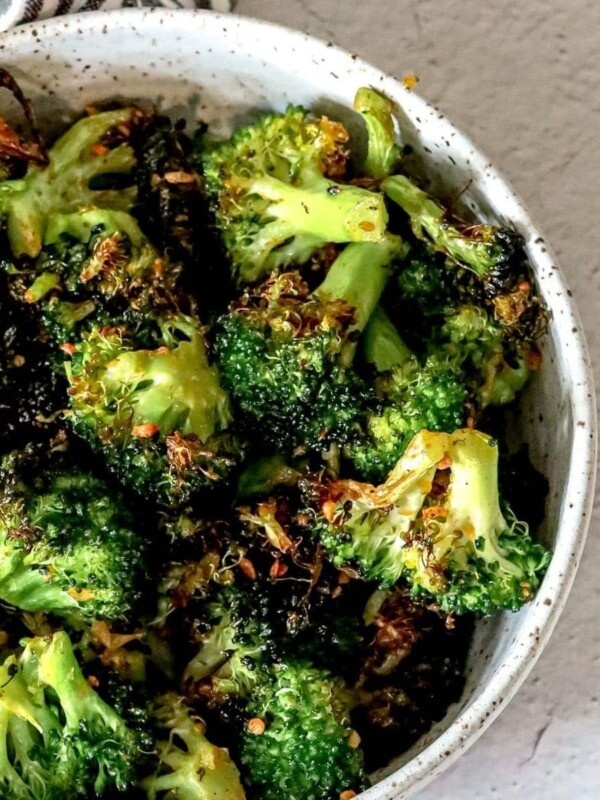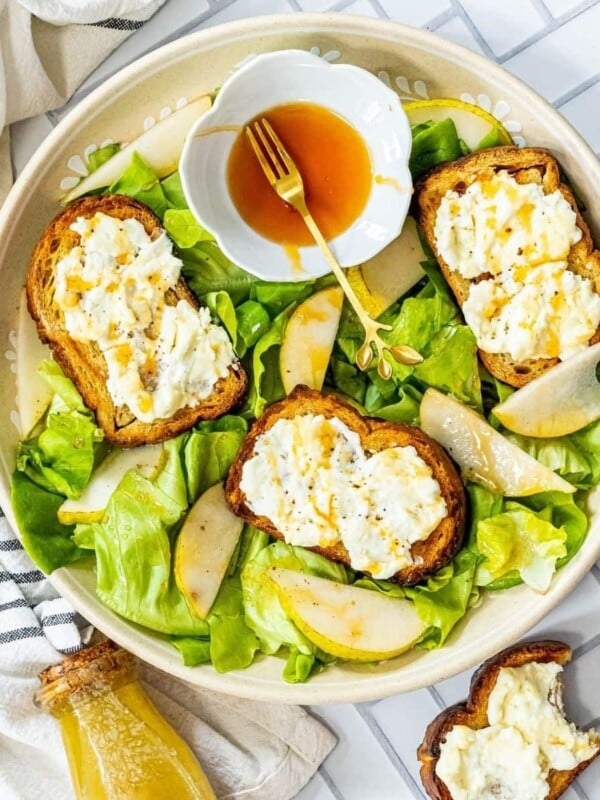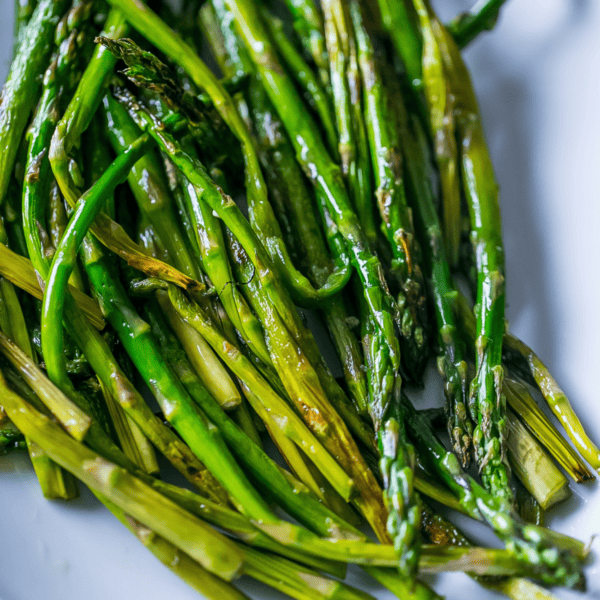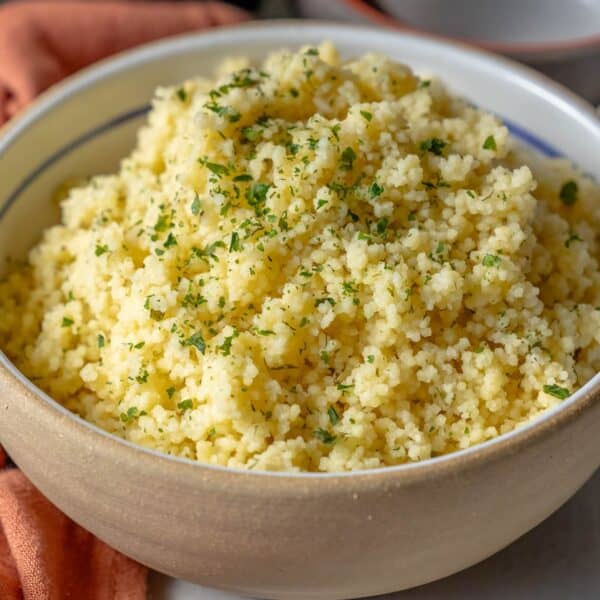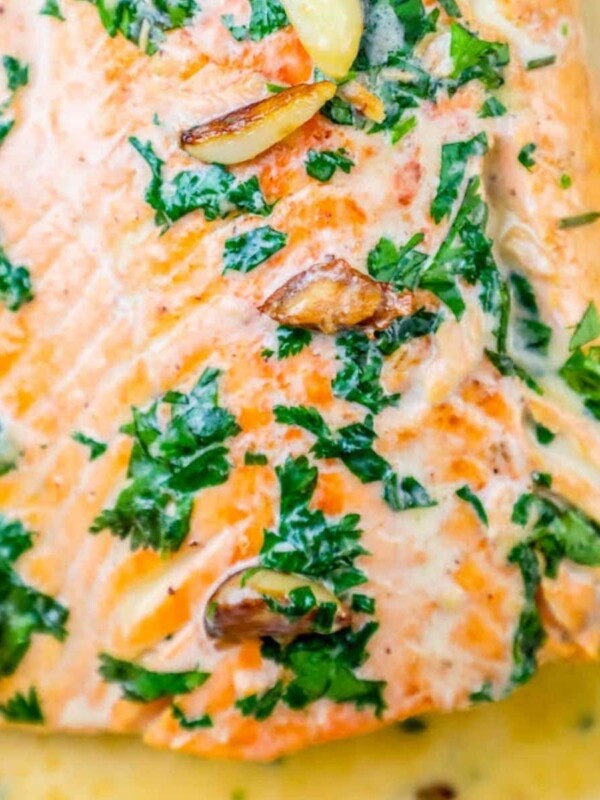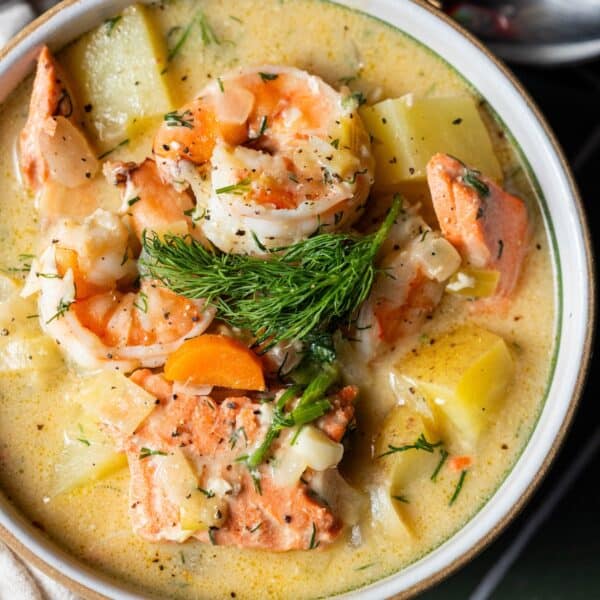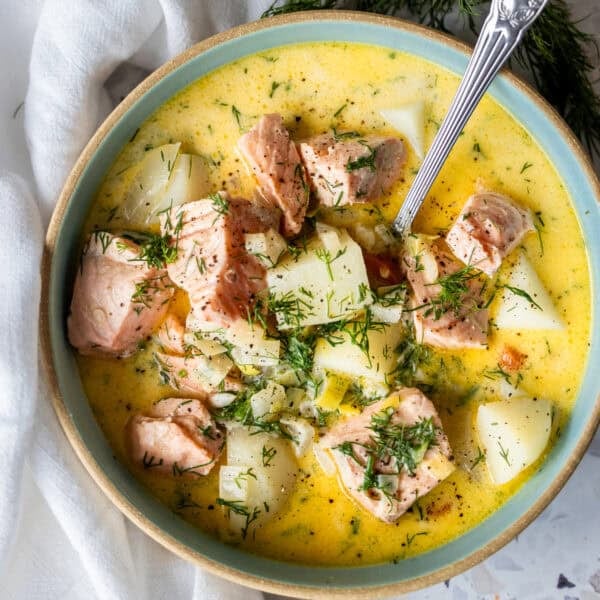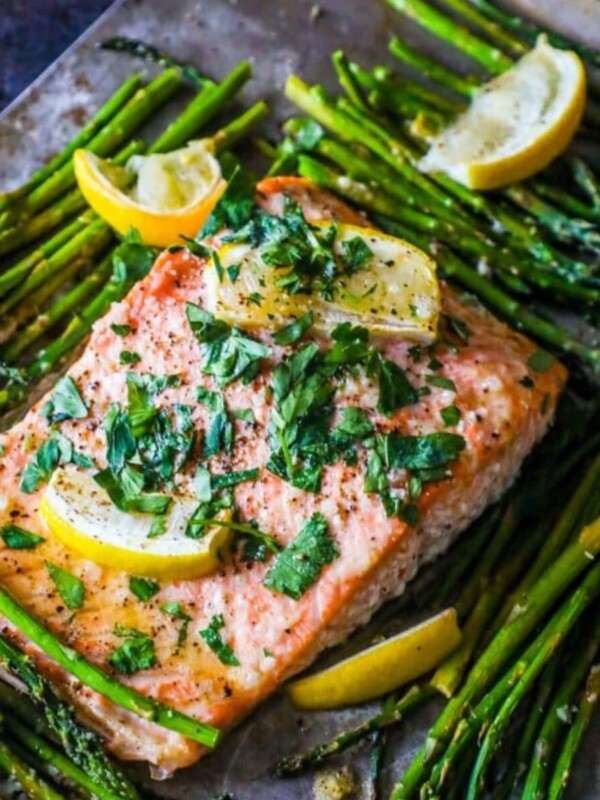This post contains affiliate links. Please read our disclosure policy.
We’re in a big Banchan BBQ sauce phase – we love the spicy umami-filled Japanese BBQ sauce – and I’m loving making Japanese BBQ Salmon that has been marinated in it. Salmon is one of our family’s favorite dinners – it is healthy, it cooks really quickly, and has a light flavor even my picky kids like – so I am always trying to come up with new flavors to pair with it.




Don’t want all the extras in a recipe post? We provide a skip to recipe button in the top left corner, as well as a clickable table of contents, just below, to help make this page easier to navigate.
At Sweet C’s, I add lots of tips in all of my recipes – because I am a home cook without any formal training, and I find I am more confident making dishes when I understand why it works, and what each ingredient means to the flavor of a recipe. My goal is for even the most beginner home cook to feel empowered in the kitchen.
Table of Contents
How to Make BBQ Salmon
We’re going to pan fry this salmon to get a sticky, crunchy crust from the Japanese BBQ sauce marinade – but this recipe can also be baked for 25 minutes at 350 degrees.
Japanese BBQ Salmon Ingredients
To make this recipe, we will need the following ingredients:
- Bachan’s Japanese BBQ Sauce: Provides the main flavor base — a sweet, salty, umami-rich sauce with soy, mirin, and ginger notes that caramelizes beautifully when cooked.
- Sesame oil: Adds nutty, toasty depth and authentic Japanese-inspired aroma to the marinade.
- Rice vinegar: Brings mild acidity to balance the richness of the salmon and the sweetness of the sauce.
- Olive oil: Helps coat the salmon evenly, aids in searing or roasting, and prevents sticking.
- Salmon: The star protein — rich, fatty, and tender, pairing perfectly with the bold, sweet-savory marinade.
- Garlic: Adds a sharp, aromatic bite that deepens the flavor profile of the sauce.
- Ginger: Provides warm spice and brightness, complementing the savory sweetness of the BBQ sauce.
- Chives: Used as a garnish for a fresh, mild onion-like finish that adds color and contrast.
Japanese BBQ Salmon Method
Once you gather your ingredients, we will use the following process:
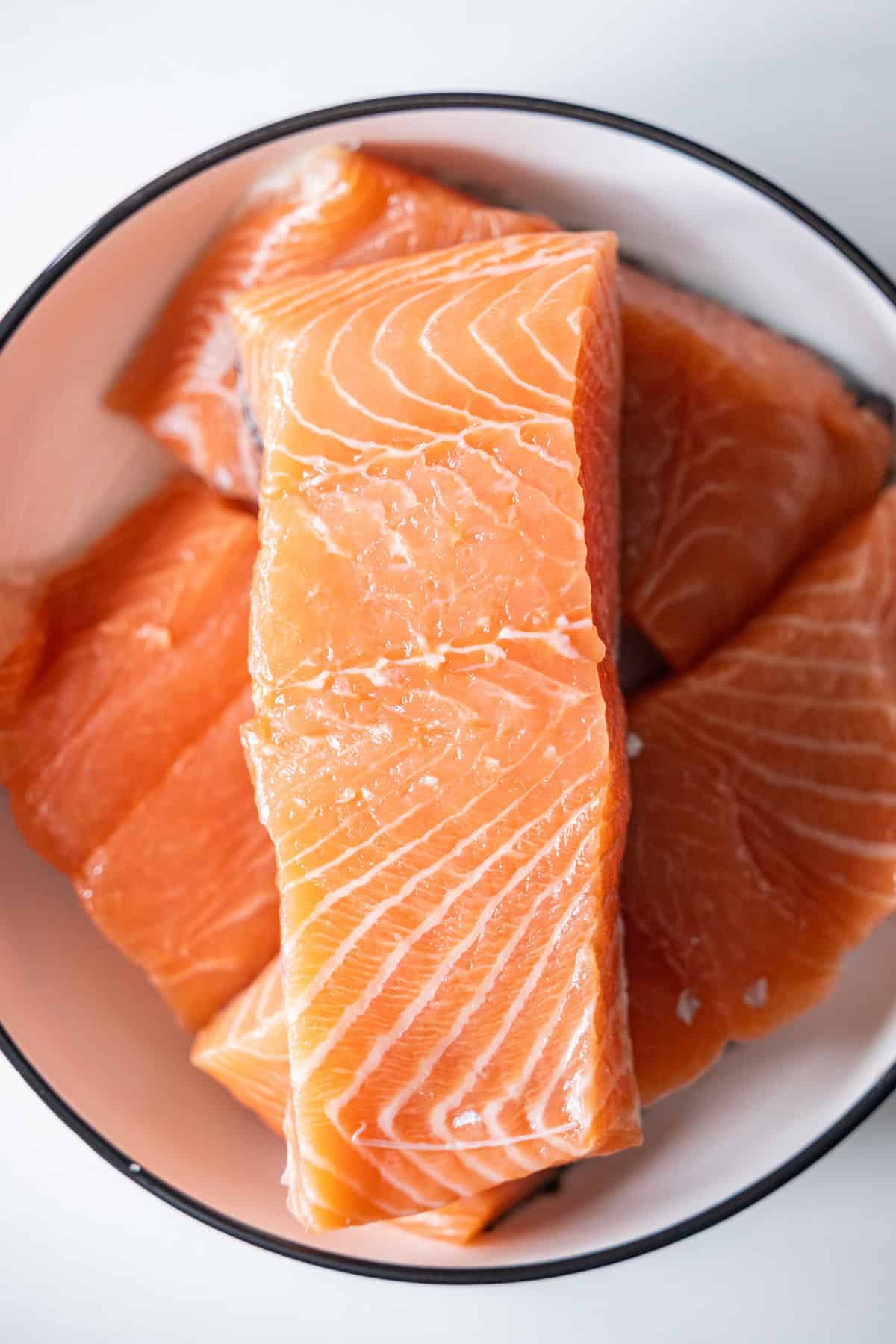
Prep Salmon & Marinade
Make the Marinade
In a small bowl, whisk together:
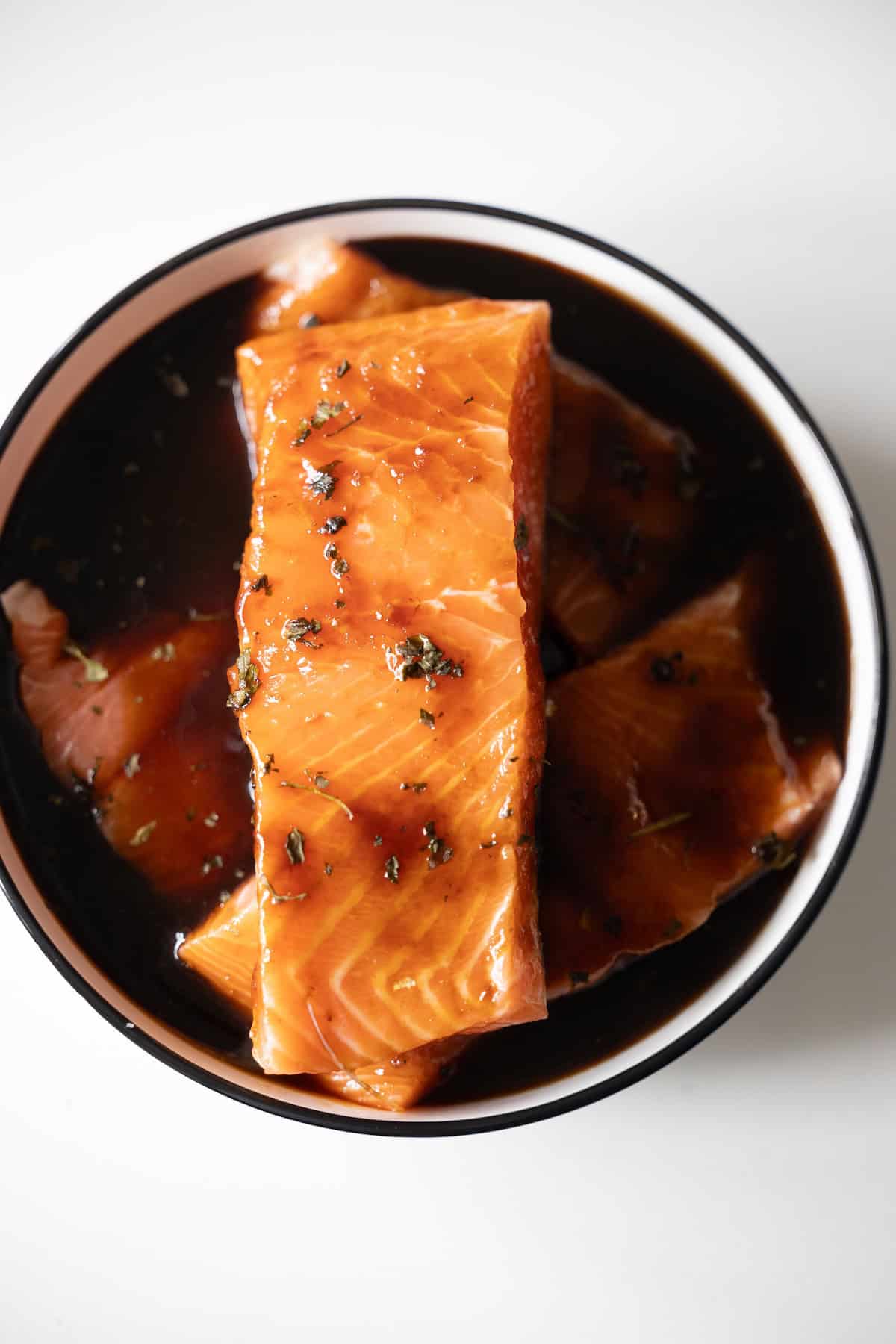
Marinate the Salmon
Place the salmon fillets in a shallow dish or resealable bag.
Pour the marinade over the salmon, ensuring all pieces are well coated.
Cover and marinate in the refrigerator for 15–30 minutes (do not over-marinate to prevent breaking down the fish).

Cook Salmon
Pan-Seared: Heat a nonstick or cast-iron skillet over medium-high heat. Place salmon skin-side down first and cook for 3–4 minutes, then flip and cook for 2–3 minutes until just cooked through.
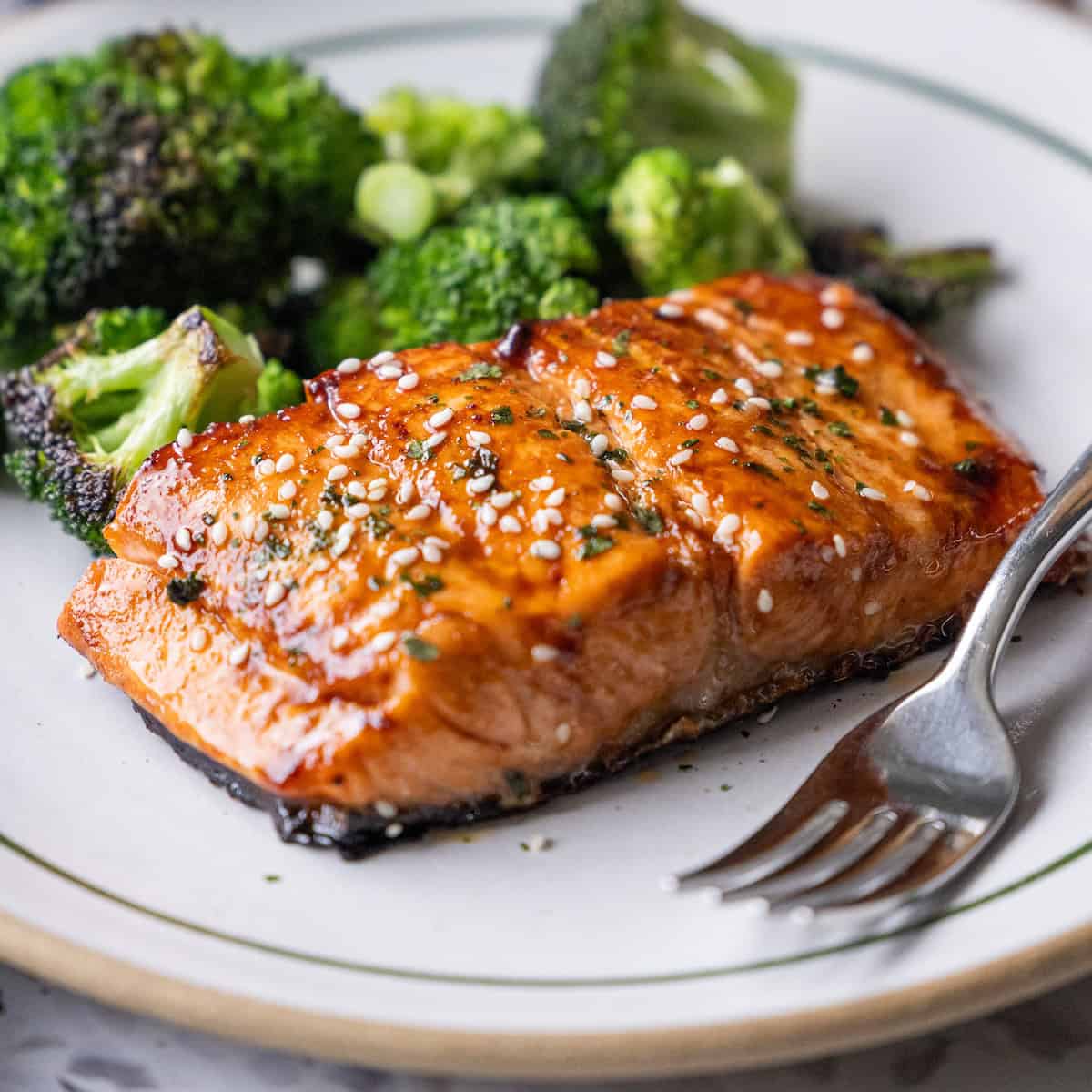
Garnish & Serve
Sprinkle with fresh chives before serving.
Pair with steamed rice, sautéed greens, or a crisp cucumber salad for a full meal.
Tips and Tricks for Perfect Japanese BBQ Salmon
Pick the Right Salmon: Fresh, fatty cuts like King (Chinook) or Atlantic salmon work best because the fat keeps the fish juicy during high-heat cooking.
Thaw Completely if Frozen: If using frozen salmon, thaw completely and pat dry before marinating to prevent a watery glaze.
Cook Quickly: 15–30 minutes is ideal. Longer than 1 hour can make the salmon mushy due to acidic components in the sauce.
Add More Flavor: Add a splash of soy sauce, mirin, or sake to the BBQ sauce for extra depth.
Try Adding Miso: Want a stronger umami kick? Mix in a teaspoon of miso paste into the marinade.
Pat Dry For a Proper Sear: Pat salmon dry after marinating; excess liquid prevents searing.
Cornstarch For Crunchy Crust: For an extra crispy crust, dust with cornstarch before frying or broiling.
Start With a Hot Pan: Heat the pan until hot before adding oil—salmon should sizzle immediately.
Cook with Control: Pan-fry on medium-high: Start skin-side down (if keeping skin) for 3–4 minutes, then flip for 2–3 minutes.
Don’t Overcook Salmon: Salmon should reach 125°F for medium (still moist and flaky).
Top With Glaze: Finish with a spoonful of reserved marinade for a glossy glaze.
Enhance Sauce Flavor: Brush extra sauce during the last 30 seconds to caramelize without burning.
Add Sesame Seeds: Sprinkle toasted sesame seeds and green onions before serving for authentic flavor.
Add Citrus: A squeeze of fresh lemon or yuzu juice balances the sweetness of the sauce.
Serving Ideas:
- Pair with steamed white rice or garlic fried rice.
- Add Japanese pickles (tsukemono) or a simple cucumber sesame salad for crunch.
- Serve with a miso soup for a complete Japanese-inspired meal.
What to Serve With Japanese BBQ Salmon
If you love this easy recipe please click the stars below to give it a five star rating and leave a comment! Please also help me share on Instagram, Facebook, and Pinterest!
Share on Facebook
SharePin this now to find it later
Pin ItFollow on Instagram
Japanese BBQ Salmon
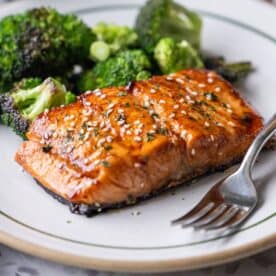
Ingredients
- 4 salmon fillets, skin-on or skinless, about 6 oz each
- ½ cup Banchan Japanese BBQ sauce, or similar Japanese-style soy BBQ sauce
- 1 tbsp soy sauce, optional, for extra umami
- 1 tsp sesame oil
- 1 tbsp neutral oil, vegetable or avocado oil for frying
- Garnish: toasted sesame seeds, chopped green onions, lemon wedges
Instructions
- Pat salmon dry.
- In a bowl or zip-top bag, combine salmon fillets with Banchan Japanese BBQ sauce, soy sauce, and sesame oil.
- Marinate in the refrigerator for 15–30 minutes (up to 1 hour for deeper flavor).
- Heat 1 tbsp neutral oil in a nonstick or cast-iron skillet over medium-high heat.
- Remove salmon from marinade (reserve a couple of tablespoons of marinade for glazing).
- Place salmon skin-side down (if skin-on) and cook 3–4 minutes until skin is crispy and flesh is about 60% cooked.
- Flip and cook 2–3 more minutes until salmon reaches your desired doneness (internal temp ~125°F for medium).
- In the last 30 seconds, spoon a little reserved marinade over the fillets for a glossy finish.
- Optional: turn heat to high briefly to caramelize the glaze.
- Sprinkle with toasted sesame seeds and green onions.
- Serve with steamed rice, pickled veggies, or a side of stir-fried greens.
Nutrition
Nutrition information is automatically calculated, so should only be used as an approximation.
